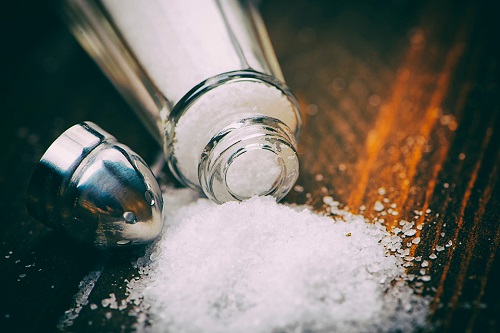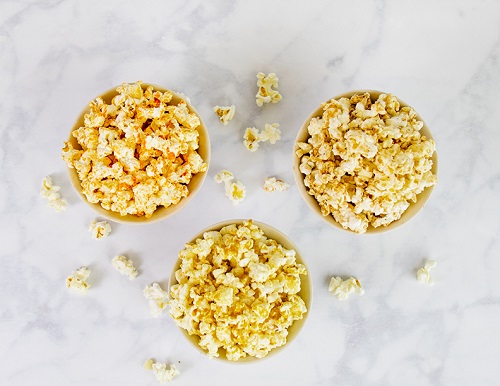Back to Basics: Sodium Intake, Why is it Important?

Sodium is a mineral that either occurs naturally in foods or is added during manufacturing. Most people consume more sodium than is needed in their diet. On average, Americans take in 3,400 mg of sodium daily. This is 30 to 50% higher than the recommended 2,300 mg per day.
Sodium Intake and Health
High sodium intake can lead to high blood pressure, which effects your entire body. If your blood pressure remains high for a long period of time, it can lead to heart disease, stroke and kidney disease. For people with chronic kidney disease (CKD), taking in too much sodium can worsen high blood pressure which causes further kidney damage. Too much sodium in the diet leads to increased thirst and fluid intake. Read “Sodium and Chronic Kidney Disease” to learn more about how sodium affects people with kidney disease.
Nutrient Claims
Controlling sodium intake can be tricky since most dietary sodium comes from eating processed foods such as lunchmeat, pizza, salty snacks, sandwiches and soups. Check the nutrient claims on food and beverage package food labels so that you can choose lower-sodium foods and beverages. Here’s a guide to the nutrient claims and what they mean.
- Salt/Sodium-Free Less than 5 mg of sodium per serving
- Very Low Sodium 35 mg of sodium of less per serving
- Low Sodium 140 mg of sodium or less per serving
- Reduced Sodium At least 25% less sodium than the regular product
- Light in Sodium At least 50% less sodium than the regular product
- No Salt Added No salt is added during processing
Tips to Reduce Sodium
Once you’ve mastered label reading, here are a few more tips to reduce sodium in your diet.
- Use no-salt seasoning blends and herbs and spices when cooking, baking or at the table instead of adding salt to your food.
- Choose fresh, frozen or low-sodium or no-salt-added canned vegetables.
- Cut back on processed foods.
- Limit your use of high-sodium condiments. Soy sauce, sauces, dips, mustard and relish all contain sodium.
- Watch out for salt substitutes! Salt substitutes use potassium in place of sodium which may cause high potassium levels in people with CKD.
Try one of these tasty low-sodium recipes to replace high-sodium foods:

Talk to your renal dietitian about maintaining a low-sodium diet. With just a few simple changes, you’ll be on your way to a healthier diet!
Additional Kidney Diet Resources
Visit DaVita.com and explore these diet and nutrition resources:
- DaVita Food Analyzer
- DaVita Dining Out Guides
- Today’s Kidney Diet Cookbooks
- DaVita Kidney-Friendly Recipes
- Diet and Nutrition Articles
- Diet and Nutrition Videos
- Kidney Smart® Virtual Classes
This article is for informational purposes only and is not a substitute for medical advice or treatment. Consult your physician and dietitian regarding your specific diagnosis, treatment, diet and health questions.

Recent Comments